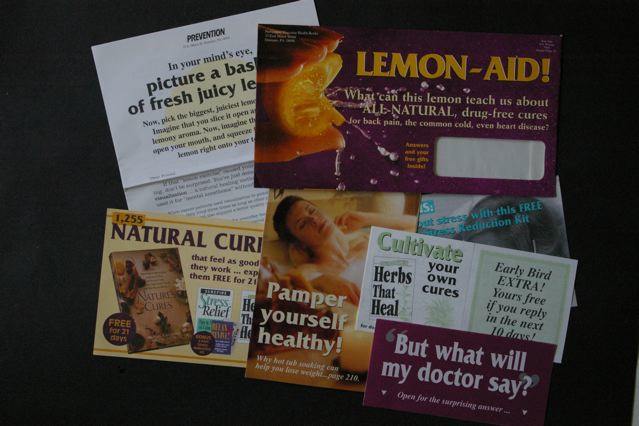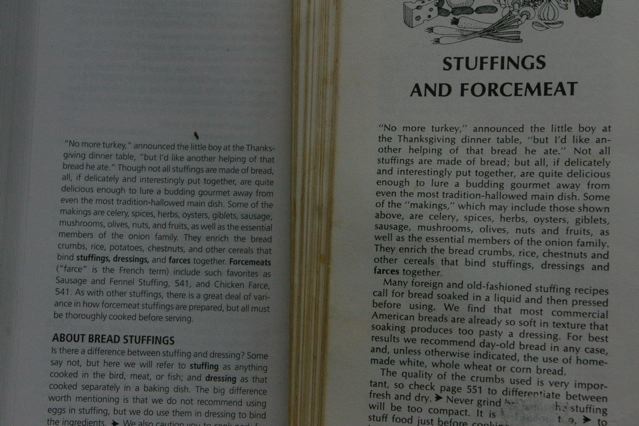Two of my agency clients have recently done extensive testing of personalized landing pages, in which a unique URL is assigned to each person on their mailing or email list and respondents click through to a web page that is just for them. The results have been very different.
Client #1 does primarily ecommerce sites, and their approach to personalizing the landing page was to offer products of specific interest to the customer based on purchase history. Client #2 does business-to-business leadgen. Their personalization was mainly about offering information that was versioned by industry.
Client #1 saw virtually no difference in response from their PURLs, while Client #2 saw a 20-30% increase in registrations. How come? I haven’t mentioned that Client #1 doesn’t make a big deal of the customization on the page, while Client #2 almost overdoes it with use of the name. (“Otis Maxwell, here’s your personalized offer!”) This suggests that, even in cynical and more sophisticated times, folks still love to see their name in print and to believe some care has been taken to respond to their unique needs.
Interestingly, the leader in personalized web marketing has backed off somewhat from its original approach, introduced maybe a decade ago. And we can be sure that Amazon.com does extensive testing. While at the beginning they’d say “based on your recent purchases we think you’d like… “ or some such now it’s always third person “people with your browsing history also viewed…” So maybe there’s a point where too much apparently intuitive knowledge seems creepy. And by allowing its plumbing to show, Amazon is letting folks know there’s no creepy surveillance going on.


